Have you ever been on a trip to the mountains? You wake up in the morning with a sore face and the thought that you should be on the way in 30 minutes... You pack up your tent, gather all your necessities, brush your teeth, and... drink your really good black coffee. Then you put on your helmet and start up your bike. Just imagine that the pitch of the running engine hits just right, the seat wobbles pleasantly and the scent of burning gas makes a sneaky way into your nostrils. Could it be better by any means?
It sounds like the type of TV advert you always wanted to be part of, right? We have good news for you, this is the description of the Honda Africa Twin motorcycle. The brand is about the connection between you and your motorcycle. You control the bike and the bike controls you. It lets your play but draws boundaries as well. You love it for its characteristics, not for its incredible power. Oh yeah, and for its reliability.
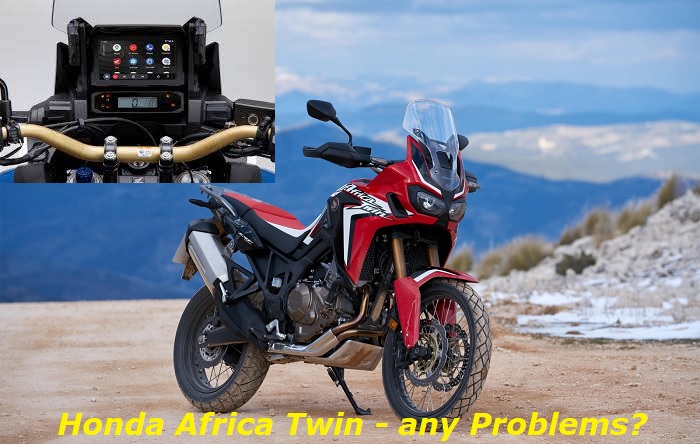
Honda Africa Twin Background
If you were born in the previous millennium, you probably remember the Dakar when it lived its glory. The motorcycles, the cars, and the trucks were "sailing" across continents, from France to Africa.
The Japanese manufacturer, Honda won its first race in 1982. The finisher bike was driven by Cyrill Neveu, and it had the eternal classic, iconic blue-red-white appearance. Later the market success of the HAT bikes was due to the NXR-750R, which won the race 4 consecutive times. This type finished first, second, and third place in the 1986 race, making the opponents rethink their whole concept. All this crazy rush led to the glow of the Honda Africa Twin.
The Honda Africa Twin is a touring-enduro motorcycle, manufactured by Honda from 1988 up until today. It was made with various engine displacements, from 650cc all the way up to 1100cc.
And here comes the marketing side of things, Africa in its name is a reference to the Paris-Dakar rally, while the Twin word makes us think about the twin-cylinder construction of the engine.
Honda was always a participant in the Dakar-Rally world, especially with enduros. It made its first victory with the XR500R (41hp) in 1982. Then the competitive market's wave just brushed over their head, forcing them to take action. The brand made its name bulletproof, after building the Honda NXR-750R. The 750R and the 820R won the rally 4 consecutive times.
After all, success wasn't all. Honda was still a company that needed to generate revenue, so they decided to release a street-legal version. The first generation was the XRV-650 (type code: RD03), which they manufactured from 1988 to 1989. It only had a 650cc engine which produced 50 horsepower.
The unique aspect of this one is the single brake disc on the front. This bike looked and felt almost identical to the NXR-750 (the Dakar winner), but its technical performance was downgraded a lot. It was available only with the iconic paint.
Evolution of the Africa Twin model
To put the crown on the project, Honda released the XRV-750 (type code: RD04) which was and which still is the "real" Africa Twin for most of the motorcycle community. It was produced from 1990 to 1992. There were multiple upgrades, which made it closer to the race-version on the performance side.
The factory upscaled the engine to 750cc, making it produce 59hp at peak. They started cooling the big block with liquid, so it wouldn't overheat as easily. And last but not least, they increased the stopping power of the bike by introducing a dual brake disc setup on the front. Only in '92, they released a Tripmaster version, which wasn't only a lookalike of the original but even had the dashboard instruments of the award-winning bikes.
Later in 2016 Honda launched the CRF1000, with a 1000cc engine. And from 2018 they distinguish the base model and the Adventure Sports model. The AS is like an iPhone 13 PRO MAX. It has a bigger tank for longer rides, and a longer spring travel compared to the base model, but in the core, it is the same bike. And lastly, we should mention that from 2020 they again upscaled the engine to 1100cc.
Safety features in the Honda Africa Twin
As the whole world had a "make the vehicles safer" tendency, Honda had to tweak some things as well. In '93 the RD07 was out to the market, it got less bulky. The team started implementing more and more advanced technical solutions, which caused better performance at the cost of losing originality.
From '96 to '03 they topped it off with even more changes, they tried to get as much profit as possible and even deleted some "not-as-necessary" items, like the front telescope's air valve. It was a nice bike, but it wasn't original anymore!
These bikes weren't made for cutting-edge performance, they were made to be indestructible. This is a true statement, if the owner of the bike is using it the way it's meant to be used, and if it performs the mandatory services. If you think about it, even during the Dakar Rally they stop sometimes, to perform necessary services on the bikes.
What about Problems with the Honda Africa Twin?
As the years went by, everything in the world got worse. Here we mean the quality of things. Even huge manufacturers, like Honda started using not-perfect grade parts. It led to problems with the bikes. Most of the owners only report minor issues which can be fixed via warranty, but others are not this lucky.
- Sticky front suspension and fork problems
If you have ever ridden a bicycle with a sticky front suspension, you know how upsetting it is. Now imagine it on a motorcycle climbing rocks and hills, going 50 mph. There were 2 big groups of problematic bikes, especially in the 2016 to 2017 era.
Some of the bikes started leaking oil through the front fork seal after like 60K miles. Even though it was a major issue, Honda attributed it to wheelies, so they refused to repair it under warranty. Fortunately, it was quite an easy DIY fix, which can't be told about the other group of problematic bikes...
Their front fork's inner anodization started peeling and wearing off, so the suspension got sticky. It wasn't a huge problem for daily use if you were commuting on asphalt, but it was an enormous failure for off-roaders. The biggest problem with this failure is that it was INSIDE the suspension cylinder, so you couldn't even diagnose it, without taking it apart. Worse luck, you could only replace the whole part with a new one.
After going through 2016 and 2017 with a lot of suspension repairs going on, Honda probably concentrated on the shocks and forks too much, because they made a huge mistake which cost them an enormous amount of money. The affected model was the CRF1100L Adventure Sports, made from 2018 to 2020.
- Welded fuel tank problems
The CRF1100L had a welded fuel tank, which was nice, but not for the owners. The manufacturer started getting reports of motorcycles losing power and in worst-case scenarios even stalling.
Luckily, they figured out, that the inside weldings in the tanks released Zink oxide particles, which by traveling with the fuel - as miles started getting past - clogged the fuel filter, which caused the reported hesitation when trying to accelerate. After receiving 74 complaints, the events got so bad they had to recall exactly 2690 motorcycles.
They published the instructions on the web, anyone can still read it. "The owner should take the motorcycle to the closest Honda dealership, where the bike's fuel tank will be drained and cleaned. The process also incorporates the change of the filter assembly." All this was free of charge. Honda even offered a refund for customers, who had already done this repair on their bikes.
- Maintenance costs and engine problems
These bikes are amongst the most reliable motorcycles currently in production, so it's reasonable if you are thinking about buying one. After talking about the history and reliability of this model, here are some things, you should know before you rush down to your closest dealer for a bike.
Before your purchase, get a grid paper and write down how much you want to spend on a bike. If the total is under 1200 hundred for the next 2-3 years, you should get off of the thought of buying a Honda Africa Twin!
These engines tend to wear out the valves for the first time which can only be changed by lowering the whole engine and disassembling it into smaller pieces. If you postpone the maintenance of your bike, it can cost you a good amount of money in case of failure.
- Seat problems
The other weak part for riders is the seat. Because in Rally they won't sit for too long, the uncomfortable seat was never really a problem for races. IT IS for riders planning to go for a longer ride. Especially in the city.
Now you are probably thinking about, yes but you got foot peg mounts attached, so you are good to go. You are wrong! There are hundreds of reports of this little foot-holder breaking off in the middle of off-roading. The aluminum bracket is just too weak to hold a whole adult person while trying to jump over a rock.
- Any other issues with the Africa Twin?
The user interface and the instrument cluster have some Volkswagen-like issues like the switches and buttons tend to stick and even fail after a while or the heated grips working at low temperature which can be annoying for one using it in cold climate. At least there you should not deal with corrosion on the sourced bolts Honda uses to assemble things...
So, do we recommend the Honda Africa Twin?
If you are ready to invest some money in your motorcycle, you should go for a Honda. The Africa Twin model is legendary and it's still made for real fans of rallies and motorsport. We believe you will get a lot of pleasure riding your Honda Africa Twin, but don't forget that this bike has some problems that tend to worsen over time and mileage.
About the authors
The CarAraC research team is composed of seasoned auto mechanics and automotive industry professionals, including individuals with advanced degrees and certifications in their field. Our team members boast prestigious credentials, reflecting their extensive knowledge and skills. These qualifications include: IMI: Institute of the Motor Industry, ASE-Certified Master Automobile Technicians; Coventry University, Graduate of MA in Automotive Journalism; Politecnico di Torino, Italy, MS Automotive Engineering; Ss. Cyril and Methodius University in Skopje, Mechanical University in Skopje; TOC Automotive College; DHA Suffa University, Department of Mechanical Engineering

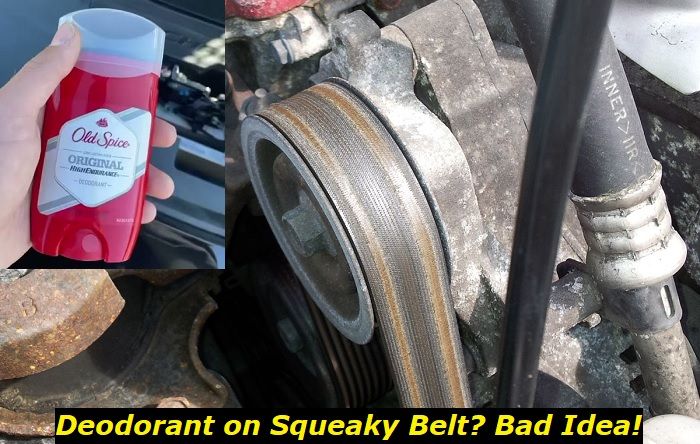
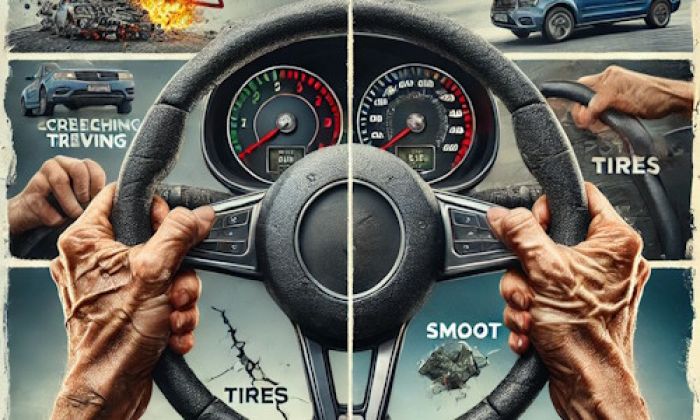

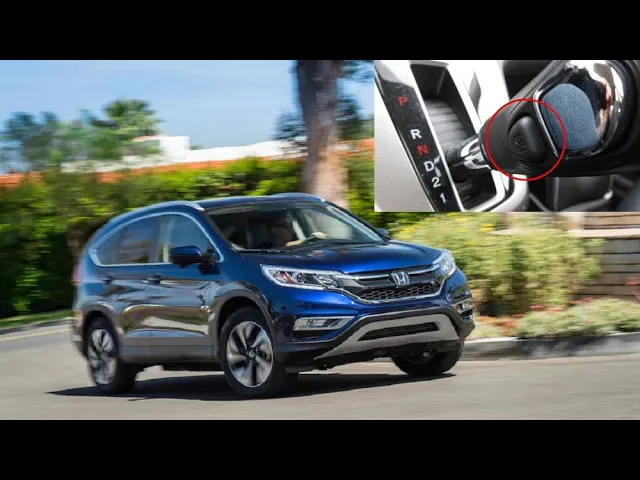
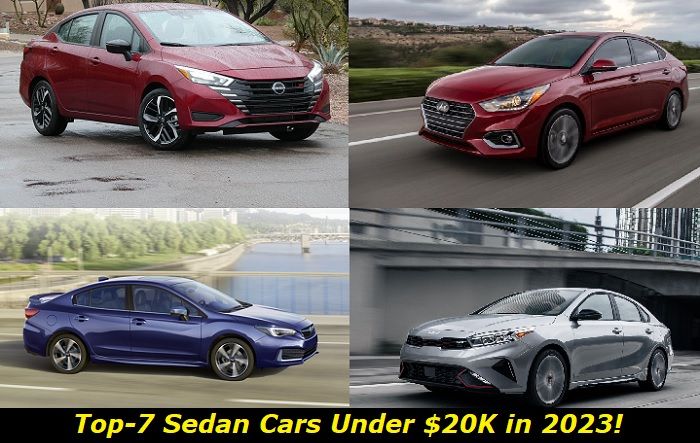
Add comment